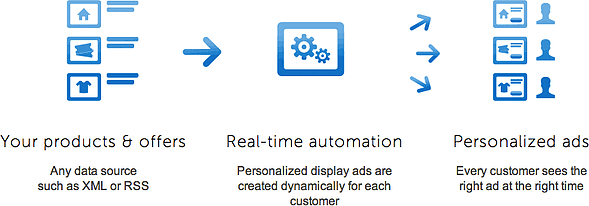In an overcrowded and competitive marketplace, companies will do anything to make their brand and products stand out from the crowd. One of the many benefits of online advertising is the ability to tailor adverts based on first and third-party data. But is tailoring effective and how far should you take it?
Let’s take the gaming industry as an example. Consider some of the detail you could potentially get from placing a retargeting pixel on your website:
- The user’s account name
- The sport they last bet on
- How much they bet
- If they won or lost
- How long since their last bet
Knowing all this personal information and using dynamic ads, you could create a very personalized message, such as: ‘Hi Jim, congrats on the $1,000 win yesterday. Fancy a bet on the game tonight? Bet now!’
Keep in mind that tailored advertising could potentially cause frustration or confusion if the strategy isn't managed correctly, which illustrates the importance of taking a considered approach to personalization.

Here’s another scenario. We know Jim visited a client's website two days ago for the first time and he took a look at the NHL page offers. He liked what he saw and opened an account, but he didn’t get around to placing a bet. A couple of days go by and there is still no sign of Jim and that deposit. However, based on what we know about him, we can target him with a relevant ad, such as:
‘Calling all new customers, why not use your $25 free bet on the NHL playoffs? Bet now.’
We don’t need (or want) to address Jim by name because knowing that he’s interested in the NHL and is a new customer should be enough to entice him. You could get even more sophisticated in your approach by layering on third-party data. You can use information such as geo-location, to further refine your targeting. Based on Jim’s geo-location alone, you could make an assumption on what the lifetime player value is likely to be and send him the most appropriate offers.
In summary, make use of your customer’s data, but don’t get carried away. Be tailored enough that it’s going to grab the user’s attention, but only for the right reasons.



